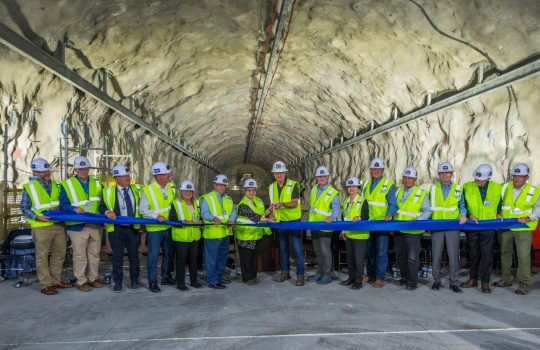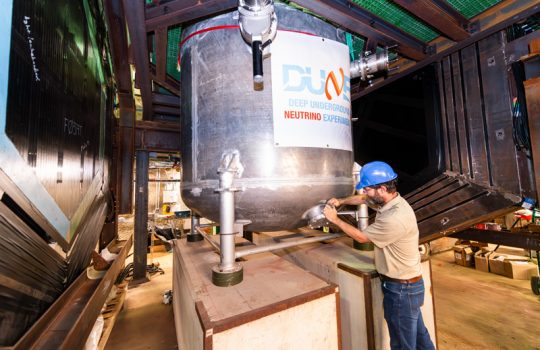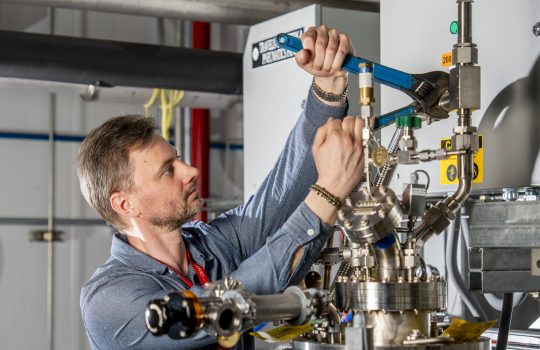Underground event marks excavation completion on colossal caverns for underground neutrino laboratory, DUNE
A massive milestone was celebrated on the international Long-Baseline Neutrino Facility/Deep Underground Neutrino Experiment that will tell us more about the universe and how it works.



